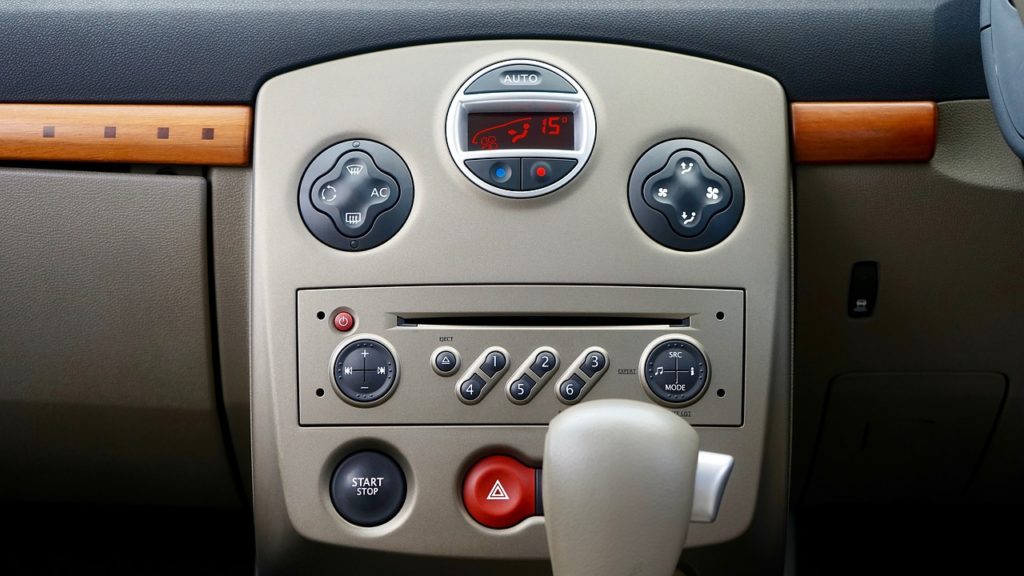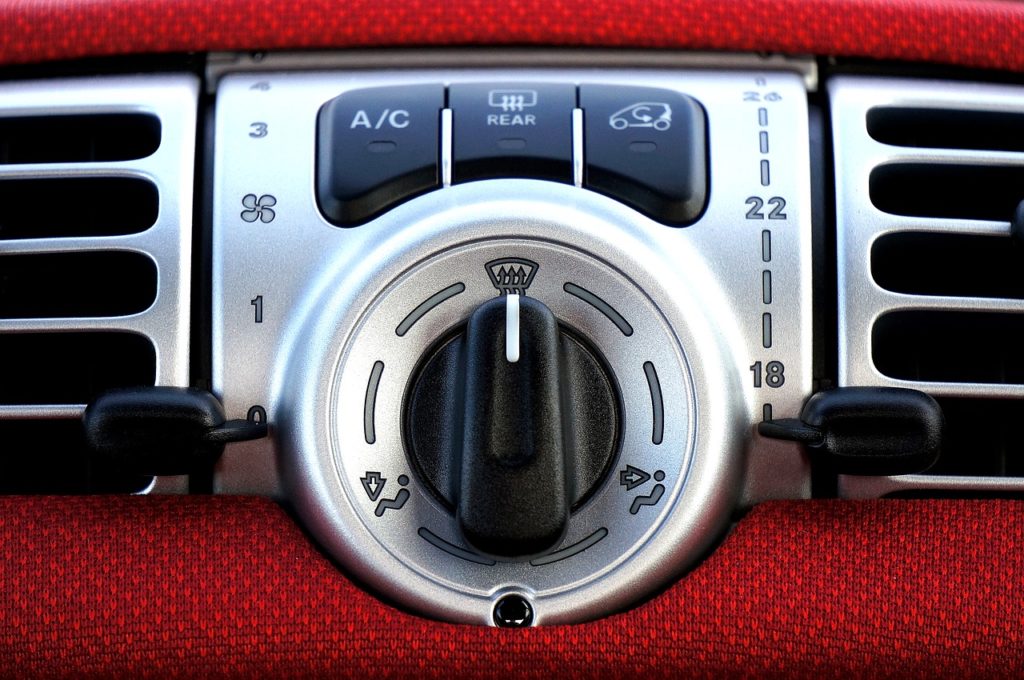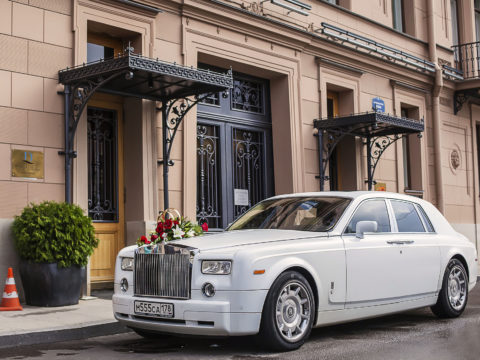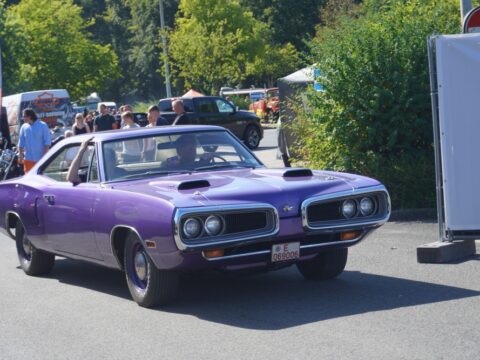Sometimes, you may turn on your car’s air conditioning system only to find that it’s not coming on. Often, it means the ac compressor clutch isn’t engaging. If that’s the case, you’ve come to the right place.
Your car’s ac system comprises several components that sync to pump cool air into the cabin.
This article looks at the common reasons your ac clutch won’t engage, how the system works, and how to troubleshoot the problem. It also provides insight into possible compressor clutch diagnosis.

Contents
5 Reasons Why Your AC Clutch is Not Engaging
Here’s why your AC clutch won’t engage:
1) Clutch Sensor-Default Lockout
Most modern cars feature AC clutches that use low and high-pressure switches and compressor oil levels to turn on and off. Possible reasons why your clutch won’t engage, especially after detection by the sensor, include:
- Low refrigerant.
- Excess refrigerant
- Insufficient oil
2) Blown/Burnt Fuse
When excess voltage moves through the AC compressor system lines, a fuse will blow. Similarly, it could get burnt, and the results won’t change.
If too much voltage reaches components of your car, the risk of damage is high. Hence, the fuse is usually near the battery. To determine whether the fuse is working or not:
- Turn the car engine off
- Remove the fuse from the fuse box.
- Use a multimeter to check whether it’s still functional
- If the fuse is okay, it means the cause of your ac clutch not working is something else.
- Put the fuse back to the system.
3) Damaged Ground Wire
The foundation for the electrical wire operation is the ground. Therefore, damaged or bad ground means the electrical currents cannot find their way to the battery. In this case, the clutch won’t engage.
Signs of damaged ground include your car lights flickering randomly.
4) Leaking Evaporator Coil
The evaporator coil is a car AC element in the cabin that helps blow the air to cool the car down. A broken or leaking evaporator coil is detectable by a hissing sound or foul odor upon turning the heat and AC. This causes the clutch not to engage.
To fix the issue, you might have to replace the evaporator coil. But be wary of the cost of replacing -it’s pretty expensive.
5) Worn/Damaged Clutch Plate
The auto AC system needs electricity to function. So, when the electromagnetic features overheat or get damaged, the ac clutch may break down. Also, the clutch plate wears over time, causing the AC clutch to fail or slip.
Other Causes of AC Clutch Not Engaging
- Broken ac expansion valve: You’ll establish this as the cause if the ac compressor doesn’t turn off.
- Broken driver/receiver
- Clogged condenser
- Improperly set compressor clutch air gap
What Is An AC Clutch For?
The ac compressor clutch is part of the car ac system designed to engage and disengage the ac compressor pulley from the compressor drive. Typically, you operate it through an electromagnetic switch.
Once you turn the AC on, it energises the clutch. This engages the armature plate and compressor belt (of the compressor drive), causing the compressor drive to rotate along with the car engine.
The clutch consists of a friction plate next to an electromagnetic coil, which, when engaged, the current moves through this coil, creating an electromagnetic force. This force pulls the coil towards the friction plate, giving the pump rotor power to keep the compressor running.
When you turn off the ac, the ac clutch is de-energized. This disengages the armature plate and compressor belt of the compressor drive.
It’s worth mentioning that the clutch and compressor are essential parts of your car’s ac system. Therefore, proper maintenance of both is vital if you want your system to work well at all times.
If the ac clutch won’t engage, the problem likely lies with the fuse, the wiring, coil, ground, pressure switch lockout, or even the engine coolant temperature switch.
How to Diagnose AC Clutch Not Engaging
To determine whether your ac clutch is working, you have to set the A/C settings in your car cabin to the max. Then, start the engine off and look at the ac compressor under the hood.
If the ac clutch and the pulley are spinning, it means that it’s okay. If it’s only the pulley that’s rotating, there’s an issue with the system. It could be any of those discussed in the previous sector of this article.
Before proceeding to the next step, you should understand a couple of things. If your car is a coupe model, the compressor clutch’s relay will go on and off due to a low-pressure switch. Nevertheless, the relay is grounded in a controlled system’s computer.
Ensure to check the entire system carefully to identify the problem quickly. Follow these steps:
- Remove the connector cable from the clutch coil. This allows you to examine the power and ground more carefully.
- Measure the battery voltage and the ground using a digital voltmeter at the removed connector. Ensure the AC is at max mode.
- If you cannot read the voltage results, examine the AC relay fuse using a multimeter.
- If the fuse is okay, examine the clutch relay.
Always ensure the AC compressor has enough oil at all times. Insufficient amounts can also cause the AC clutch to fail.
If no battery voltage reaches the connector, pull the compressor clutch relay to check for ground and power on the relay control coil terminals.

How to Fix AC Clutch Not Engaging
The solution will depend on the particular cause of the problem.
First, add more coolant to your system. Remember, the ac system features various pressure switches that open and close based on the refrigerant levels in the system. Too much or too low of the refrigerant will result in the clutch disengaging.
Get yourself a repair kit to help you recharge your refrigerant. But if the level is too low and cannot engage the AC clutch, a DIY kit may not recharge it. Just never charge the system forcibly. If the coolant level is too low, use the Freon coolant or octane booster.
If all the components are functional, check whether the compressor clutch has worn out and replace it. If you notice any leakage in your car’s system, have it checked as soon as possible. It helps avoid moisture and air coming in.
Note that moisture will combine with the refrigerant, creating acid and sludge. This condition can damage the AC system.
If you’ve done tests repeatedly only for them to go wrong, and you cannot engage the AC compressor clutch manually, you may have to jump-start it. To do this, connect the clutch’s wire to the battery directly. The AC should blow cool air, and the clutch will engage. In this case, the problem could be due to a faulty relay or pressure switch.
FAQs
Here are some frequently asked questions:
Should the AC Compressor Clutch Spin Freely?
Of course, the AC clutch should spin freely together with the pulley. It helps transfer power from the drive belt to the compressor.
How Do I Manually Engage My AC Clutch?
The most common way of manually engaging the AC compressor is to add more refrigerants. Your compressor will always let you know when the refrigerant level is low–the pressure gauge on its high-pressure side reads a lower pressure than the required.
Recharging the refrigerant should get the AC clutch to engage once again.
Why is My AC Clutch Not Staying Engaged?
Several reasons may cause the AC clutch not to stay engaged. A blown-out fuse, a low-pressure switch lockout, a bad clutch coil, a gap in the wire to the clutch coil, a bad engine coolant temperature switch, or poor ground.
What Does It Mean When My AC Clutch Engages and Disengages?
If your AC clutch engages and disengages repeatedly, it’s an indication that your car’s system is low on refrigerant.
Why Is There No Cold Air Even If My AC Clutch Is Engaging?
If the AC clutch is engaging, but there’s no cold air, the most common cause for this is an empty AC system. Often, this is due to a leak. It could also be a damaged ac condenser, faulty ac pressure switch, or bad compressor.
Will AC Clutch Engage with Low Freon?
No, the ac clutch will not engage with low or empty Freon. The low-pressure switch won’t allow the ac clutch to engage. Subsequently, the compressor won’t spin.














